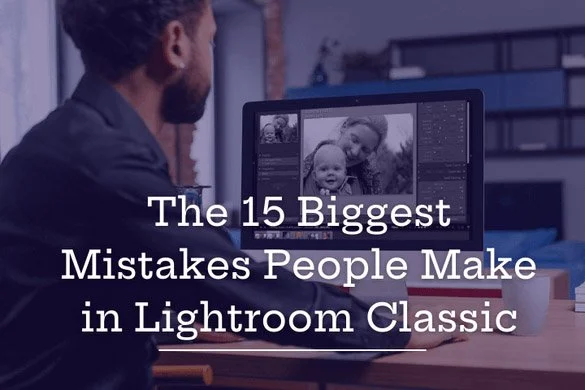Now offering slide scanning
/For years I’ve had requests from my clients to offer slide scanning as one of my services, but I wasn’t able to find a method I thought would do a good enough job, until now…
I just set up a slide scanning system using camera scanning. Instead of using a traditional slide scanner, which are typically slow and varies in terms of quality, I use a digital camera on a copy stand, and the results are amazing. The scans are sharp, the quality is excellent, and I can scan each slide quickly and precisely.
I am offering two tiers of slide scans: Standard and Pro Scan. Prices are below but I am offering 20% off if you get your order in by July 21, 2022
Standard slide scan - $1.00 per 35mm slide – 80¢ with discount
Pro Scan - $6.00 per 35mm slide - $4.80 with discount
The Standard tier is perfect for most family photos (scan resolution of 3200 ppi) and will make wonderful prints up to 20 inches long side.
The Pro Scan tier offers a higher resolution (scan resolution of 4200 ppi) and custom processing for the highest quality level.
Whats the best tier for you?
Choosing which tier is best for you comes down to what you will want or need to do with your scans. As I mentioned, the Standard Tier is perfect for most uses such as sharing images with others, posting to social media sites, or for nice sized prints or photo albums.
Professional or advanced amateurs however often want their work scanned at a higher resolution, which gives them more flexibility for larger print projects and other uses that involve quality reproduction. So, the Pro Scan Tier is done at a higher resolution, plus I will spend more time on each scan, over and above the normal cleaning and processing I do.
Can slides be damaged?
Like any other film product, slides can be damaged or lost over time, and in many cases, fading can occur. Fading can be the result of both dark storage and light storage, and of course from projection. Kodachrome slides are very durable in most storage conditions but fade faster from extended projection times. E-6 processed slides are the opposite, more durable from projection but fade quicker from storage.
Fungus and mold can also occur and can often mean the end of the slide.
You may hear the term transparency used when referring to slides. A slide is usually the term given once the film has been mounted in the cardboard holder we typically see them in. Slides and transparencies are known as Reversal film, which means they display a positive image on the film as opposed to a negative image.
Preparing your slides
Editing your slides to prepare for scanning can feel like a challenge, but all you need is a magnifying glass (or a loupe if you have one) and an iPhone or iPad. There are a number of free or inexpensive Lightbox apps available in the App Store which simply display a white light and allows you to place the slides on them for viewing. An iPad is probably best, but even an iPhone can handle 2-3 stacks of slides on them.
I’ve been using the camera scanning set up to scan my old Kodachromes and Ektachromes for an upcoming book and for fulfilling large print orders. In many cases I am re-scanning slides I already had done with my old slide scanner, the results and quality are so much better that it is worth redoing.
I’m always happy to answer questions or give further explanations of some of the things I have mentioned here, just drop me a line.













